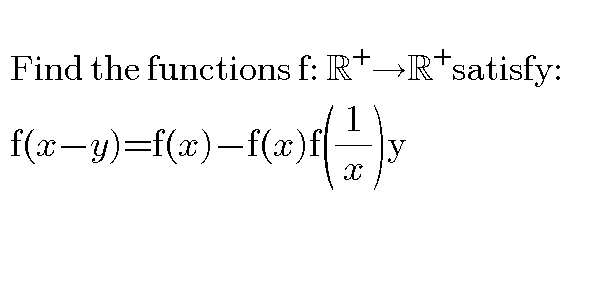
OthersQuestion and Answers: Page 63
Question Number 103209 Answers: 3 Comments: 0

Question Number 103119 Answers: 0 Comments: 0
Question Number 103016 Answers: 0 Comments: 0

Question Number 103859 Answers: 1 Comments: 0
Question Number 102822 Answers: 1 Comments: 1
$$\underset{{n}=\mathrm{1}} {\overset{\infty} {\sum}}\frac{{n}!}{{n}^{{n}} } \\ $$
Question Number 102745 Answers: 0 Comments: 2
Question Number 102701 Answers: 2 Comments: 1
$${Evaluate}: \\ $$$$\int\frac{\mathrm{sin}\:{x}}{{x}}{dx} \\ $$
Question Number 102686 Answers: 0 Comments: 1
Question Number 102664 Answers: 2 Comments: 0
Question Number 102651 Answers: 0 Comments: 1
Question Number 102635 Answers: 2 Comments: 0

Question Number 102627 Answers: 3 Comments: 0
Question Number 102598 Answers: 2 Comments: 0

Question Number 102545 Answers: 1 Comments: 0

Question Number 102544 Answers: 2 Comments: 0

Question Number 102539 Answers: 3 Comments: 2
Question Number 102530 Answers: 0 Comments: 1

Question Number 102484 Answers: 1 Comments: 0

Question Number 102407 Answers: 0 Comments: 0
Question Number 102362 Answers: 0 Comments: 0
Question Number 102336 Answers: 1 Comments: 1
Question Number 102142 Answers: 0 Comments: 0
Question Number 102089 Answers: 2 Comments: 0
Question Number 102085 Answers: 0 Comments: 0

Question Number 102080 Answers: 0 Comments: 0
Question Number 102076 Answers: 0 Comments: 4
